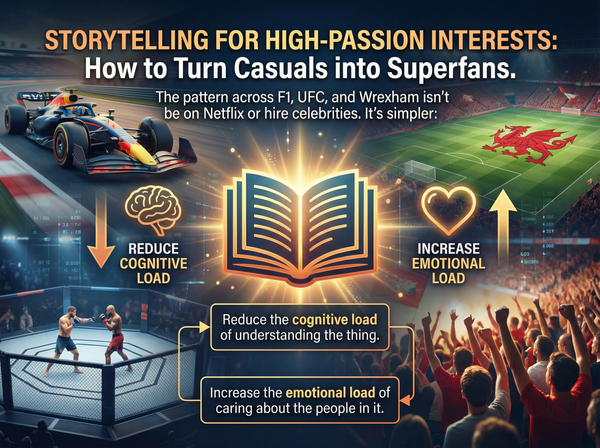How Strategic Product Bundling Elevates AOV
Imagine this: A customer visits your online store to buy a $25 face serum. But as they checkout, they spot a Radiant Skin Kit bundled with the serum, a moisturizer, and sunscreen, all for $60 (a $15 savings).
Suddenly, their cart value jumps 140%.
That’s the magic of product bundling - a strategy that transforms casual shoppers into high-value customers.
In this post, we’ll break down how bundling isn’t just a sales tactic, but a customer-centric approach to boosting Average Order Value (AOV) and fostering loyalty.
What is Product Bundling?
Product bundling combines complementary items into a single package, often priced lower than buying each product individually.
Think of it as a value deal that solves a problem or enhances an experience.
Examples:
- A coffee shop offering a Morning Boost Bundle (beans, a mug, and a grinder).
- A fitness brand selling a Home Gym Starter Pack (resistance bands, a yoga mat, and a water bottle).
Why Bundling is a Win-Win
For Customers:
- Perceived Value: I’m saving money! (Even if they spend more upfront).
- Convenience: Pre-selected kits reduce decision fatigue.
- Discovery: Introduces customers to new products they’ll love.
For Businesses:
- Higher AOV: Customers buy more in one transaction.
- Inventory Management: Pair slow-movers with bestsellers.
- Stronger Brand Perception: Positions you as a helpful curator, not just a seller.
The AOV Game-Changer: How Bundling Moves the Needle
Average Order Value (AOV) = Total Revenue ÷ Number of Orders
Example:
- Without bundling: 100 orders × $30 = $3,000 revenue (AOV = $30).
- With bundling: 100 orders × $45 = $4,500 revenue (AOV = $45).
That’s a 50% AOV increase without needing more traffic.
5 Bundling Strategies to Test
- Curated Kits
- Group products by use case (e.g., Post-Workout Recovery Bundle).
- Pro Tip: Align with customer goals (like Shop by Goal categories).
- Mix-and-Match Discounts
- Pick 3 Skincare Products, Save 20%.
- Tiered Offers
- Spend $50, Save $10, Save 20%.
- Seasonal Bundles
- Summer Travel Essentials (sunscreen, mini toiletry bottles, a beach towel).
- Frequently Bought Together
- Use purchase data to auto-suggest combos (e.g., phone case + screen protector).
3 Rules for High-Converting Bundles
- Solve a Problem
- A New Parent Survival Kit (baby wipes, snacks, a sleep mask) addresses exhaustion.
- Highlight the Discount
- Show the math: Get $75 worth of products for $60 (Save 20%).
- Keep It Simple
- Avoid overwhelming customers. 3–5 products per bundle is ideal.
Pitfalls to Avoid
- Forced Pairings: Don’t bundle unrelated items (e.g., a blender with socks).
- Over-Discounting: Keep margins healthy. A 10–15% discount is often enough.
- Ignoring Data: Use analytics to see which products customers combine naturally.
Bundle Up
By simplifying choices and offering strategic deals, you’ll boost AOV, clear inventory, and build a brand that feels like a trusted guide.
- Audit your top-selling items.
- Identify natural pairings (use Frequently Bought Together data).
- Launch 1–2 bundles and track AOV changes.
Happier customers, healthier margins, and a new revenue engine.
Keep Crushing!
- Sales Guy

